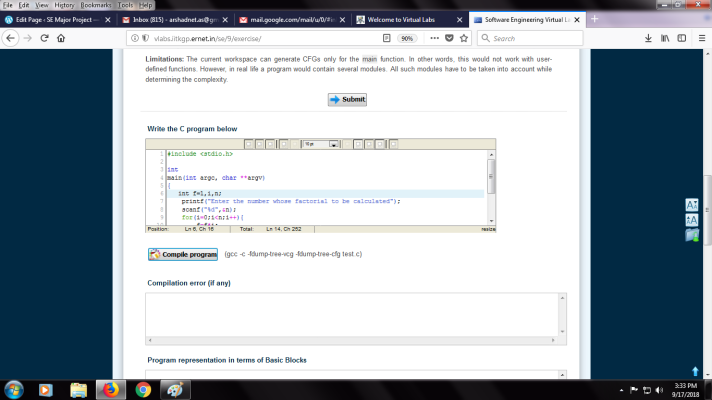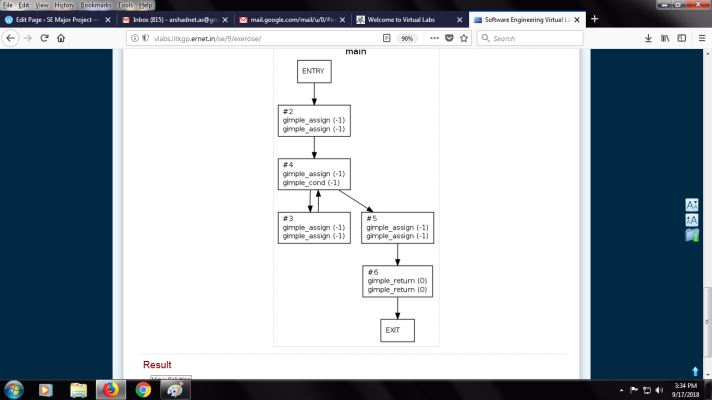JMeter
The Apache JMeterTM is pure Java open source software, which was first developed by Stefano Mazzocchi of the Apache Software Foundation, designed to load test functional behavior and measure performance. You can use JMeter to analyze and measure the performance of web application or variety of services. Performance Testing means testing a web application against heavy load, multiple and concurrent user traffic. JMeter originally is used for testing Web Application or FTP application. Nowadays, it is used for functional test, database server test etc.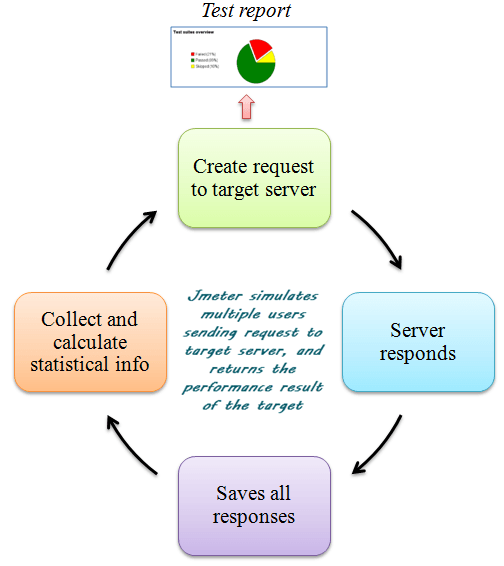
JMeter simulates a group of users sending requests to a target server, and return statistics information of target server .
Advantages of Jmeter
- Friendly GUI: JMeter is extremely easy to use and doesn’t take time to get familiar with it
- Open source license: JMeter is totally free, allows developer use the source code for the development
- Platform independent: JMeter is 100% pure Java desktop application. So it can run on multiple platforms
- Full multi-threading framework. JMeter allows concurrent and simultaneous sampling of different functions by a separate thread group
- Visualize Test Result: Test result can be display in a different format such as chart, table, tree and log file
- Easy installation: You just copy and run the *.bat file to run JMeter. No installation needed.
- Highly Extensible: You can write your own tests. JMeter also supports visualization plugins allow you extend your testing
- Multiple testing strategy: JMeter supports many testing strategies such as Load Testing, Distributed Testing, and Functional Testing.
- Simulation: JMeter can simulate multiple users with concurrent threads, create a heavy load against web application under test
- Support multi-protocol: JMeter does not only support web application testing, but also evaluate database server performance. All basic protocols such as HTTP, JDBC, LDAP, SOAP, JMS, and FTP are supported by JMeter
- Record & Playback – Record the user activity on the browser and simulate them in web application using JMeter
Script Test: Jmeter can be integrated with Bean Shell & Selenium for automated testing.
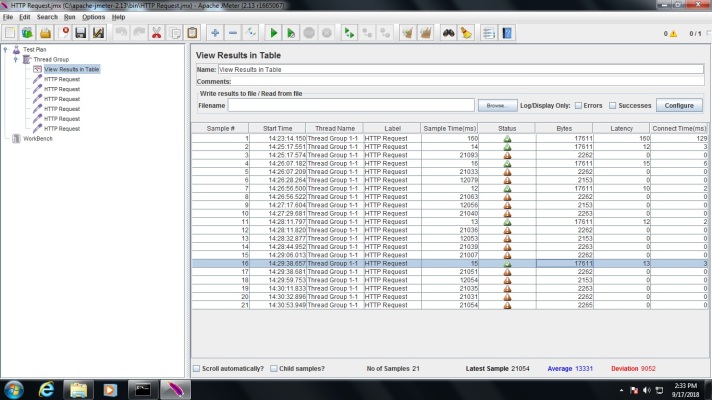

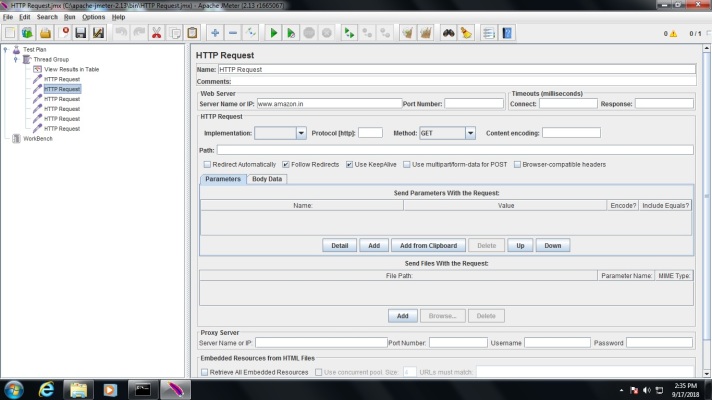
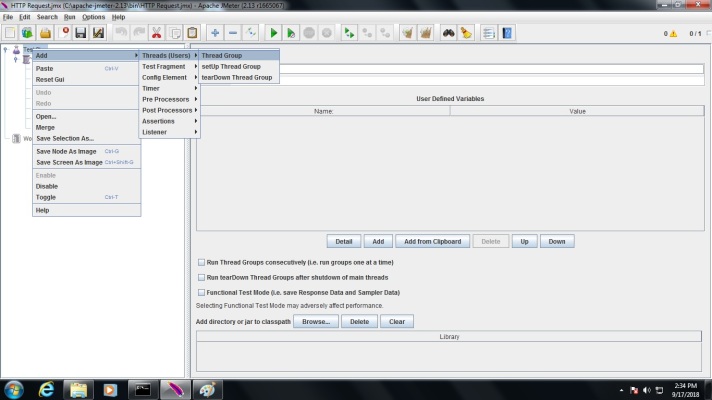
-
Computing Cyclomatic Complexity
The cyclomatic complexity of a section of Source code is the number of linearly independent paths within it. For instance, if the source code contained no control flow statements (conditionals or decision points), the complexity would be 1, since there would be only a single path through the code. If the code had one single-condition IF statement, there would be two paths through the code: one where the IF statement evaluates to TRUE and another one where it evaluates to FALSE, so the complexity would be 2. Two nested single-condition IFs, or one IF with two conditions, would produce a complexity of 3.
Mathematically, the cyclomatic complexity of a structured program is defined with reference to the control flow graph of the program, a directed graph containing the basic blocks of the program, with an edge between two basic blocks if control may pass from the first to the second.
Let G be a a given CFG. Let E denote the number of edges, and N denote the number of nodes. Let V(G) denote the Cyclomatic complexity for the CFG. V(G) can be obtained
V(G) = E – N + 2
